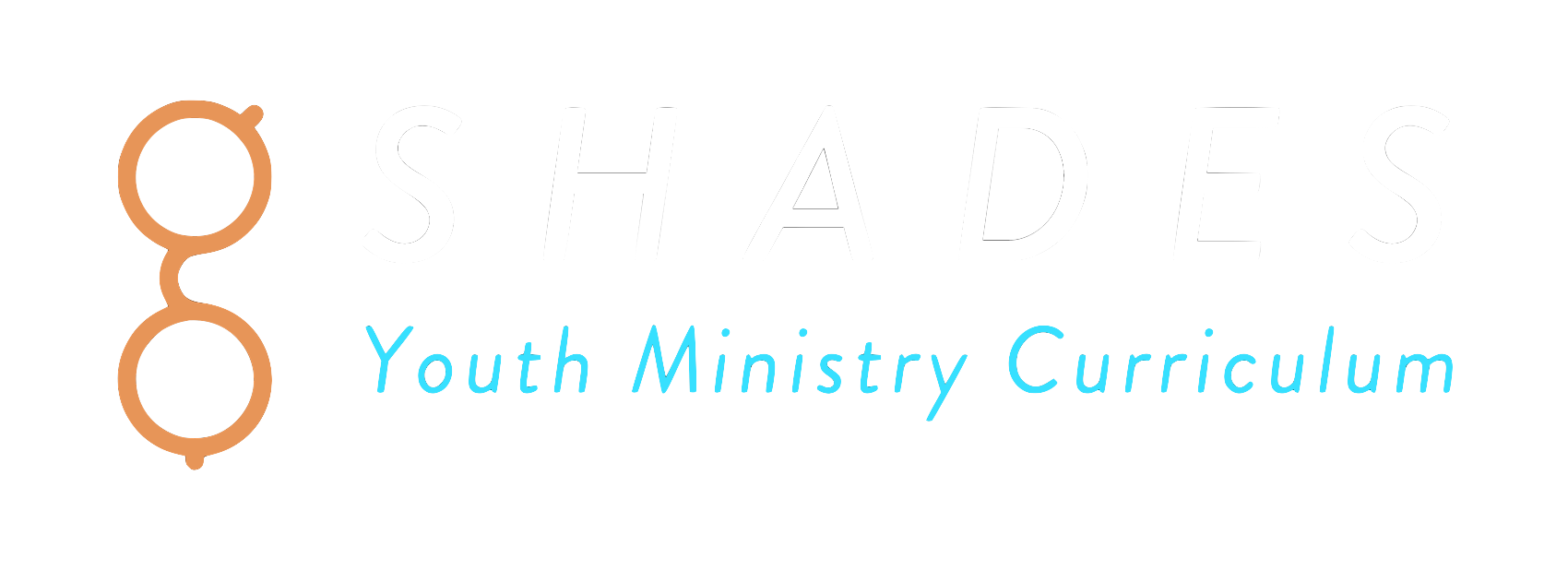Have you ever seen those annoying YouTube ads? What the ads are selling probably depends on what you’ve been searching on the Internet lately. Whenever I go on a health and fitness kick, I’ll typically start seeing ads for workout programs or dietary supplements. And the thing I’ve noticed about those ads is that they almost never feature someone who looks like me. The ads almost always feature someone who looks like they don’t even know what Oreo ice cream is.
That’s because marketing companies figured out a long time ago that you need to give credibility to your product. Whether the thing you’re offering is actually credible or not, you need to do the work to present it as credible.
Does it make you cringe that I’m about to connect marketing strategies to youth ministry teaching strategy?
Good. Me too, a little bit.
But if you can bear with me, I think we make a huge mistake too often in our youth ministry messages when we neglect to present why the author of the Scripture passage we’re exploring is a credible source. I get it, the Bible is credible. It’s God’s Holy Word. I agree 100%. And some of your students probably do too! But the Bible, in a detailed sense, isn’t just some holy book written by God. Humans wrote this book. Real people. With feelings. And life experiences. And drama.
I just think we would do well to connect students to those real human authors before we dive into what “the Bible” says.
Listen, you’re still skeptical because this post started with a marketing-based approach. Let me come at this from another angle that we can all appreciate a lot better.
In several different instances in the New Testament, Paul made an intentional attempt to connect with his audience before he told them what to do. He shared his story and difficulty with them. He shared his expertise in certain areas. He shared his feelings and doubts and fears. When we quote a Pauline Epistle, we aren’t just quoting “the Bible.” We’re quoting Paul, who was a real guy with feelings and life experiences who had been so transformed by the gospel that he dedicated his life to sharing it. And if we were a little bit more explicit about sharing the humanness of Paul and other biblical authors (or the people they were writing to at the time), I think we’ll discover a layer of credibility that connects students to the Bible in a way they didn’t know was possible.
Because for any students in your youth ministry struggling with self-doubt or shame, the confident exhortations of Peter hit a lot harder when you highlight for them that Peter understood self-doubt and shame VERY well.
For any students in your youth ministry dealing with identity issues, the writings of John hold a lot more weight when you highlight for them that John literally identified as “the one whom Jesus loved.”
For any students in your youth ministry with broken relationships that they aren’t sure can ever be fixed, the perspective of Matthew on Jesus’ life feels a lot more relevant when you highlight for them that Matthew had burned tons of bridges in his former life as a tax collector.
There is a richness of perspective held by the biblical authors that gives credibility to what they wrote. Yes, they were inspired by the Holy Spirit. But, also yes, their perspectives and life experiences fed into what they wrote. The human experience hasn’t changed that much over the past few thousand years. The collection of ancient writings we know as the Bible was written by real people who are absolutely relatable to the students in your youth ministry.
So here’s what I’m proposing we start doing as youth ministry workers. When we get to the part of the message where we ask students to open their Bibles…
STOP.
EXPLORE.
CONNECT.
Stop. Stop the forward progress on your message. Don’t just plow right in with “the Bible says:…” Stop.
Explore. Explore the background context of the author, the audience, or both. Give your students the gift of greater biblical literacy by exploring the context of the original author and audience.
Connect. Connect whatever topic or tension you’re exploring with the context of the author or audience. Draw the line of relatability. Give the author credibility.
I just think we’ll do a lot for students when we teach this way. I think they’ll pay closer attention. I think they’ll understand more of the Bible. And I think they’ll be better able to absorb what it is God wants to say to them through His Word.
The Bible is written by real people who are absolutely relatable to the students in your youth ministry. Let’s be youth workers who teach messages as if that’s true.



